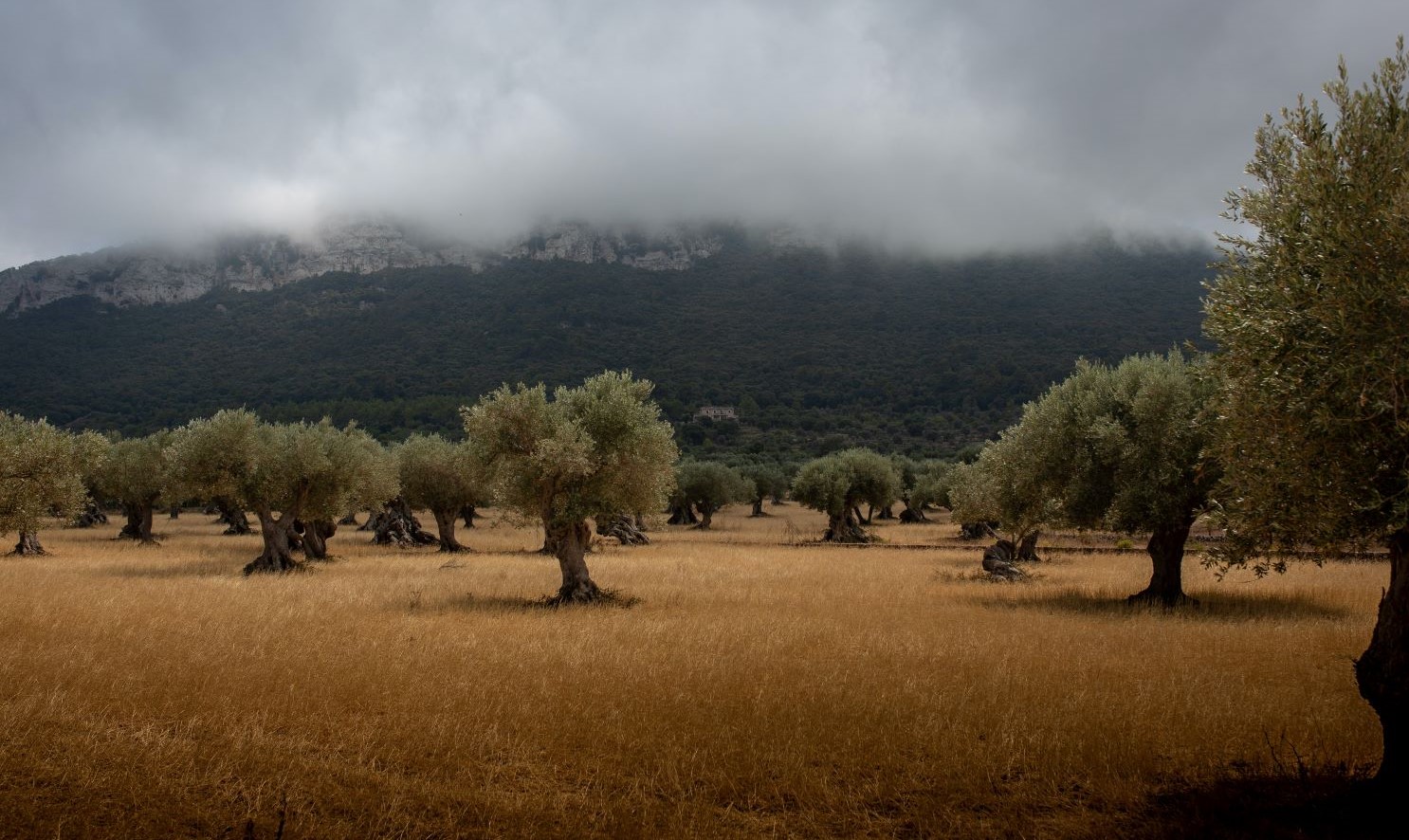The world’s largest project on olive groves finds that adopting nature-positive farming practices increases local biodiversity and profits for farmers. The project was partly funded by Europe’s LIFE Programme, Europe’s leading funding institution for environment and climate action, and coordinated by the non-profit organization SEO Birdlife.
The project, Olivares Vivos, which means olive groves alive, selected 20 farms in the southern region of Andalucía in Spain to adopt regenerative agricultural practices in their olive groves. Running from 2015 to 2020, Olivares Vivos aimed to address biodiversity loss across the region by increasing vegetation in participating farms. Farmers and volunteers worked to create small grasslands, reforest the land with native plant species, and introduce small ponds to attract insects and animals.
“To be considered a model project, we had to work with the most representative sample of land across Europe. In this sense, Andalucía is the region with the most olive grove diversity and land area,” José Eugenio Gutierrez, project coordinator of Olivares Vivos and a member of SEO Birdlife, tells Food Tank. “It represented the best scenario to design and test a new model of olivicultura,” or olive growing.
To determine the success of Olivares Vivos, the level of biodiversity was measured before and after the project’s implementation. After three years, the local bee and bird population increased by 47 and 10 percent, respectively, while the number of species of woody plants increased by 172 percent. “[Biodiversity] enhancement was especially pronounced in highly degraded olive farms with a long history of application of herbicides, where species richness increased by 12 percent,” Dr. Pedro Rey, Professor of Ecology at the University of Jaén, tells Food Tank.
The project also increased the value of farmers’ olive oil by offering a certification program and reduced their reliance on fertilizers by 22 percent, according to Gutierrez. “Above all, working with nature is more profitable than working against nature and…it is possible to have a profitable agriculture that is compatible with biodiversity conservation,” he tells Food Tank.
Gutierrez explains that several farmers were hesitant to join the project at first. Some cited concerns over increased labor and needing to completely transform their practices. Other farmers resisted because, according to Gutierrez, in many olive growing regions, they associate the image of a good olive grower as one who maintains a vegetation-free land.
But, Gutierrez tells Food Tank, “once these farmers overcame their initial reluctance, they were the ones who were the most proud and satisfied with their farm’s transformations.”
The success of the project is inspiring farmers across Europe to also adopt regenerative agricultural practices in their own farms. Gutierrez says that since its inception, Olivares Vivos has received over 800 requests for certification. Rey believes that the results of the project are encouraging farmers in Europe and around the globe to adopt nature-based practices.
“Olivares Vivos has become an international reference for how agriculture can simultaneously increase its profitability and contribute significantly to biodiversity conservation,” Gutierrez tells Food Tank. “Now our principal objective is to extend this model of olivicultura across all olive groves in the EU, and to other cultivation including vineyards, almonds, and citrus fruits.”
Articles like the one you just read are made possible through the generosity of Food Tank members. Can we please count on you to be part of our growing movement? Become a member today by clicking here.
Photo courtesy Vincent Eisfeld, Unsplash











